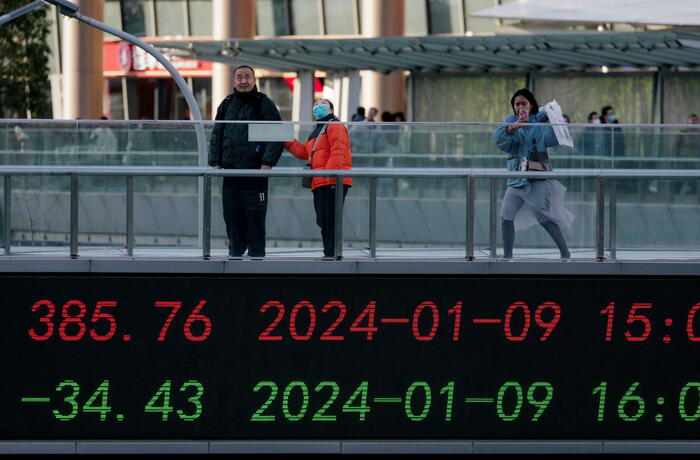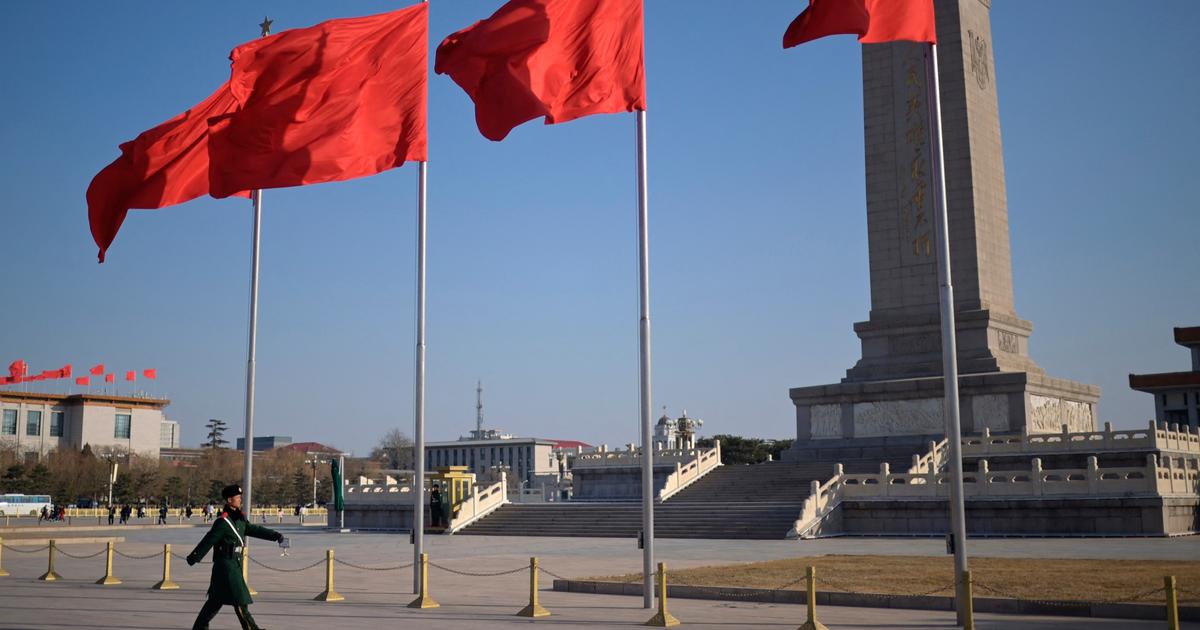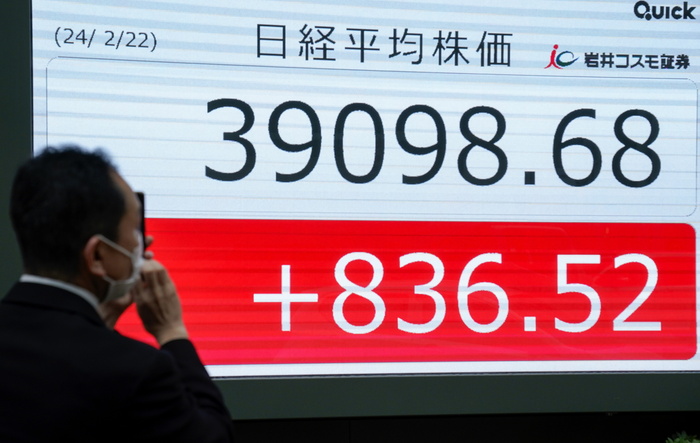The Shanghai Stock Exchange's SSE Composite Index tracks the Chinese stock market.
In the past, political events also had an influence on its development.
On June 13, 2001, the Chinese Shanghai Stock Exchange Composite Index (SSE Composite Index) reached a new high of 2,242 points.
In just six years, the stock index had risen by over 570 percent.
The reason for this was the so-called new economy euphoria.
After the dot-com bubble created in this way burst, the SSE Composite Index plummeted dramatically.
The low point of this development, at which the value of the SSE Composite Index more than halved, was reached in July 2005.
After that, the Far Eastern share index rose steadily again.
The SSE Composite Index: The History of the Stock Index
Shanghai is traditionally a business and financial metropolis in the Far East. After the founding of the People's Republic of China, it led a shadowy existence for decades. But with the start of the reforms, her business acumen reawakened, and with it the Shanghai financial center.
The history of the Chinese stock index is therefore closely related to the country's opening to the private sector.
On November 19, 1990, the Shanghai Stock Exchange was officially established.
On July 15, 1991, the listing of the new SSE Composite Index was published for the first time.
A year later, under the reformer Deng Xiaoping, the leadership of the Chinese Communist Party approved the expansion of stock trading on the Shanghai Stock Exchange.
To this end, he abolished the limitation of price movements to just five percent.
Since then, the SSE Composite Index has shown as meaningful a development as the indices of capitalist countries.
However, it also reflects political interventions.
The SSE Composite Index: The composition of the stock index
The Chinese index lists all public companies that are listed on the Shanghai Stock Exchange.
Almost 1,500 shares are currently listed on this trading venue.
The composition of the SSE Composite Index takes both A and B shares into account.
A shares are values that can only be traded in the local Chinese currency.
Only Chinese nationals or foreigners who have the status of Qualified Foreign Institutional Investor are allowed to buy and sell these assets.
In contrast, B shares from foreigners are freely tradable;
Transactions with these values are carried out in US dollars.
Joint stock companies from the financial sector and the industrial sector together make up almost half of the total weight of the SSE Composite Index.
In detail, the following values are represented in this stock index:
Bank of Beijing
Bank of China
China Everbright Bank
China Shipbuilding Industry
Founder Securities
Hua Xia Bank
Offshore Oil Engineering
Shanghai Oriental Pearl Media
The SSE Composite Index: The Development
The stock exchange prices in Shanghai are characterized by high volatility and a constant up and down, which was partly - not always - also due to political decisions.
On its first trading day, July 15, 1991, the SSE Composite Index opened with its base value 100. Just two years later, in May 1992, the share index had increased its value tenfold. This was followed by a downturn in which the share index lost over 70 percent of its value. This negative development was due to insufficient market capitalization. Intervention by the central bank, which approved new types of mutual funds, resulted in consolidation and recovery.
A similar crisis broke out just two years later. The securities trading authority took action against price manipulation, and the government improved the framework conditions for securities trading. After that, the Shanghai Stock Exchange stabilized and with it the SSE Composite Index. Subsequently, the share index essentially went through the developments that were and are to be observed on all major stock exchanges. For example, the bursting of the dot-com bubble resulted in major losses, and the financial crisis of 2007/2008 also had a very negative impact on the share index. At the height of this slump, there was a slump of almost 17 percent on February 19, 2008, the highest daily loss in history.













